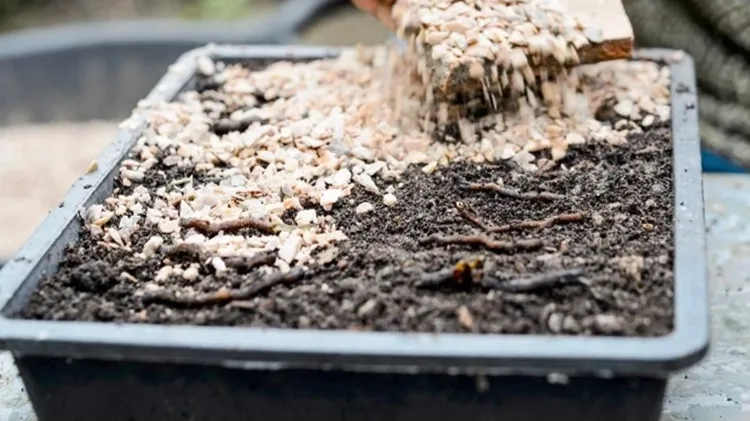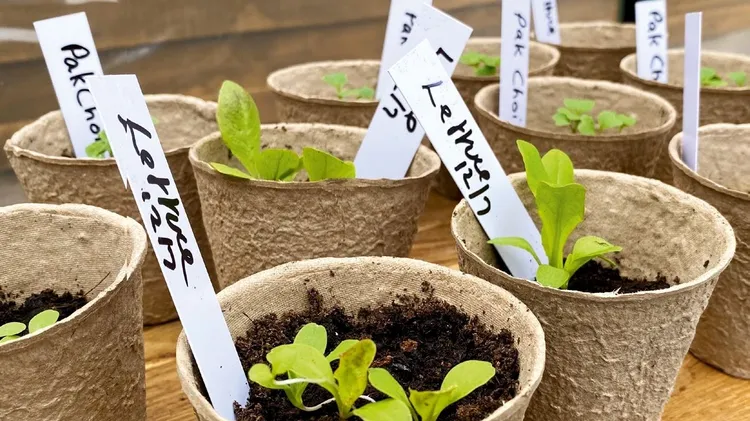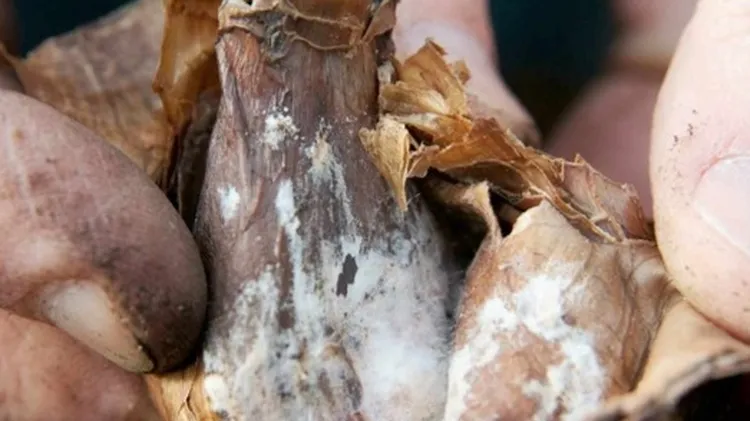The flowers we call herbaceous perennials tend to survive wi
How to grow herbaceous perennials
3 min read
This article is from...
Read this article and 8000+ more magazines and newspapers on Readly






